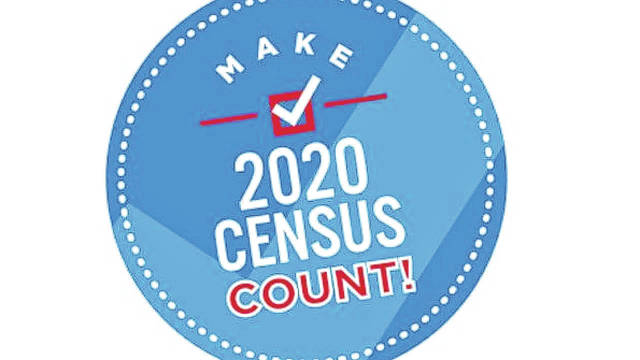The novel coronavirus pandemic has had a devastating effect on life as we know it . . . or knew it. Those 55 and over have been hit particularly hard. High-risk status and other concerns have led most seniors to choose to hunker down. It’s a great decision health-wise, but it can also lead to less-apparent complications. One of which being an accurate representation of seniors in the U.S. 2020 Census.
The door-to-door method of collecting census data has been temporarily halted due to the pandemic, giving seniors one less option to participate. Also, with many senior centers and programs closed or suspended due to the virus, plus restrictions on entering nursing homes and skilled-care facilities, there are more roadblocks than ever to achieving accurate representation from seniors.
This is the first time the majority of Americans will fill out their census information online. By now, everyone has received official U.S. Census Bureau mail with detailed information on how to respond to the 2020 Census online, by phone, or by mail. A majority of seniors, however, would rather not complete the census on a computer.
A recent U.S. Census Bureau survey found that 56% of those 65 and older aren’t comfortable with an online response. “The concerns over privacy and cybersecurity will have to be overcome, and those concerns are highest for those over 50,” says Steve Jost, a former Census Bureau official.
What the census means for you
It is vital to the senior community to have everyone participate in this important decennial process. The data collected by the census determine the number of seats each state has in the U.S. House of Representatives (a process called apportionment), and it is also used to distribute billions in federal funds to local communities. That includes money for schools, roads, hospitals—and programs that specifically aid older Americans.
Medicaid, the health insurance program for low-income people and those age 65 and older, is the largest federal program that uses census statistics to determine funding. The Supplemental Nutrition Assistance Program (SNAP) is the second-largest program that uses census statistics to allocate funds, and third is Medicare Part B.
In addition, adult day care, community center lunches, home-delivered meals, protection and remedy from abuse—both physical and financial—are mostly funded by Social Services Block Grants. The funding levels for these grants, in part, are derived from statistics produced by the Census Bureau.
The State of Connecticut receives about $10.7 billion in federal aid based on the census.
Ask for computer help if needed
If you aren’t as comfortable as you’d like to be using a computer, try to get some assistance from your more computer-savvy family members and friends. If you still have concerns, you can also complete the census by mail or on the phone. The number is 844-330-2020.
Watch out for scammers
A very small percentage of people who knock on doors claiming to be from the Census Bureau are looking to gather personal information so they can steal from you. Door-knocking is scheduled to resume soon, so keep your guard up. Real census employees won’t ask for your full Social Security number, for money or donations, or for bank or credit card numbers.
Check to make sure that the person has a valid identification badge with his or her photograph, a Department of Commerce watermark and an expiration date. If you still suspect fraud, call the Census Bureau at 800-923-8282 to speak to a representative.

No comments:
Post a Comment